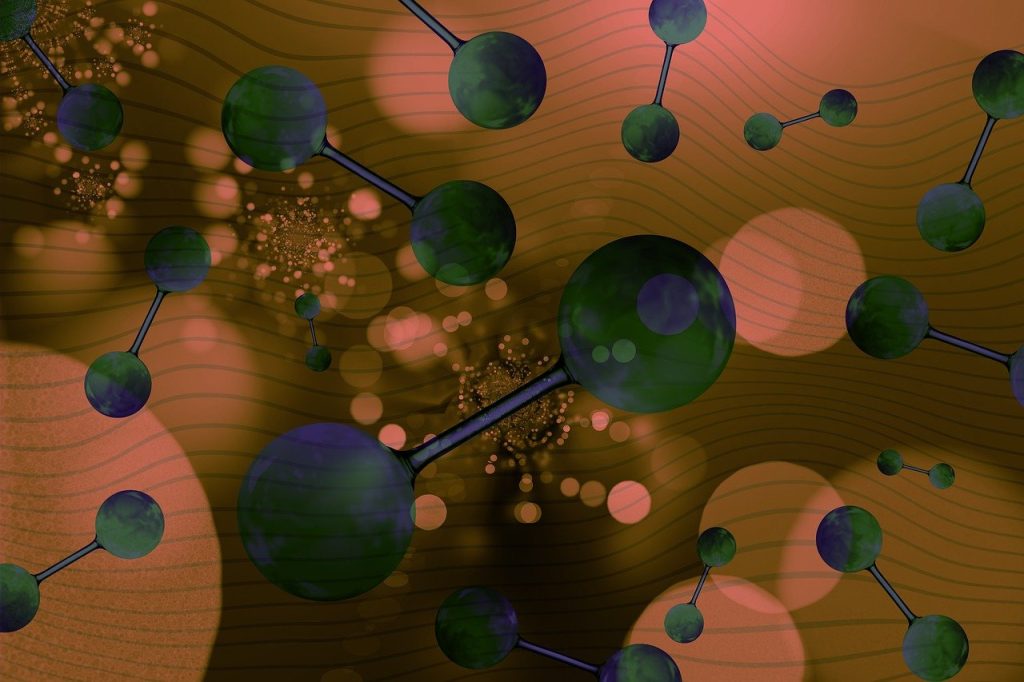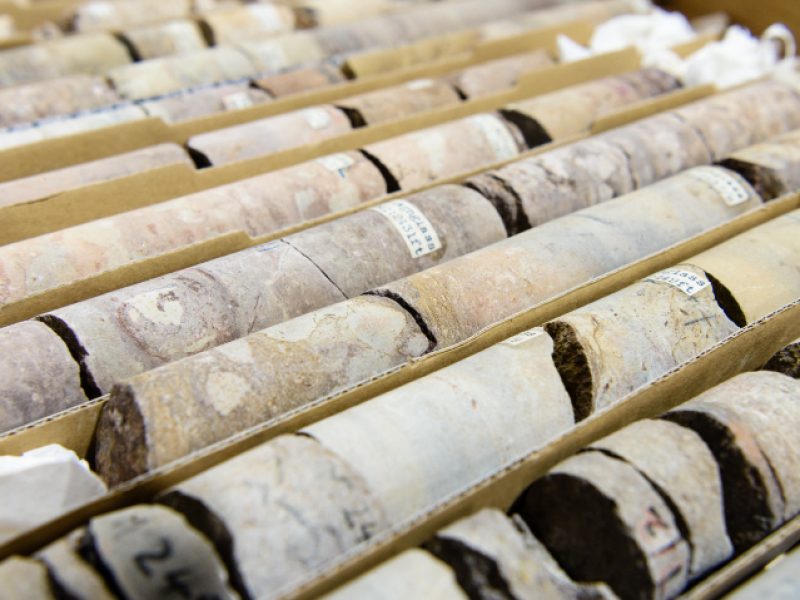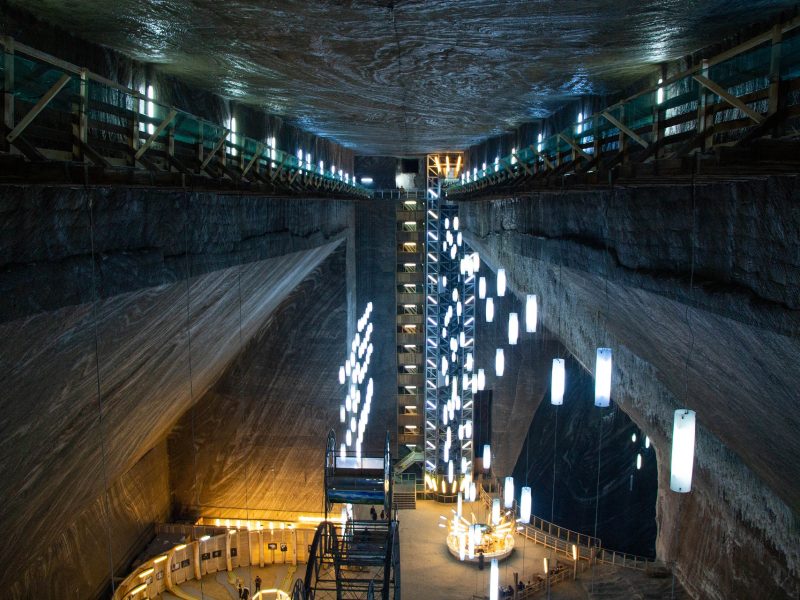Storage Solutions
Hydrogen Storage
Today, about 95% of man-made hydrogen comes from steam-reforming, a technology, which is efficient, but comes with a large carbon footprint.
To reach the global climate goals, two things, besides others, must happen: At first, different technologies to produce hydrogen need to be used. Secondly, more and more CO2 intensive industrial processes need to be converted to use hydrogen instead of fossil fuels. This means, in the decades to come, much more hydrogen will be needed, and it will be produced differently and at different places. If hydrogen is produced by electrolysis from renewable electricity sources like solar and wind, then this electricity sources are not steady and not necessarily available when hydrogen demand is high. So, hydrogen need to be produced in advance and stored to guarantee constant supply.
Hydrogen molecules, however, are smaller and more reactive compared to natural gas or oil. So, the technical and geological requirements for a hydrogen storage differ from hydrocarbon or CO2 storages.
At NiMBUC Geoscience, we are involved in modelling of storages for hydrogen. We model the geomechanical conditions of the rocks to ensure, that hydrogen storages can be operated safely and economically.

The results of such mathematical models allow our clients to test their chosen formations and to find the right spots for contructing well performing hydrogen storages.
Natural Gas & Power-to-Gas Storages
Underground gas storages are often built in abandoned oil or gas fields or in artificial caverns in salt domes. Old reservoirs need to be reconfigured to allow the fast injection and extraction of gas. With our knowledge and experience on reservoir characterization, Seismic and Borehole Data Interpretation, NiMBUC Geoscience can help and consult clients to find and construct new natural gas and P2G underground storages and expand existing facilities. Ask us for specific solutions!
Carbon Capture and Storage
Carbon Capture and Storage (CCS) describes sequestration and storage of carbon dioxide (CO2) in subsurface formations. The exploration and appraisal of such formations is a field, in which the team of NiMBUC Geoscience can bring in our reservoir knowledge.
To explore and appraise old and new reservoirs for CCS existing data need to be re-analyzed and new data need to be acquired. With our knowledge and capabilities NiMBUC Geoscience can support the design and optimization of CO2 underground storage facilities. We can re-interpret 2D and 3D Seismic data, describe the internal reservoir architecture by Borehole Image Interpretation, use Geomechanical Analyses to evaluate the stability of the reservoir and use old and new Well Logs to produce crucial parameters for reservoir engineering.
Nuclear Waste Storage
Underground Storages for Nuclear Waste must encapsulate the hazardous material for hundreds of thousands to millions of years to come. Before the decision on the site for such a project is taken, a number of precise data needs to be acquired to evaluate the site’s suitability. NiMBUC Geoscience uses its experience and knowledge to help with the geoscientific evaluation of the subsurface.
To model and to construct a storage site that meets the required criteria, one needs a comprehensive and profound knowledge of the geological history and the as-is status of the subsurface.
NiMBUC Geoscience has been involved in the analysis and interpretation of borehole data that are produced for the Swiss Nuclear Waste Storage site by the National Cooperative for the Disposal of Radioactive Waste (Nagra). We applied our knowledge in borehole image analysis to answer the specific questions has and challenges of a nuclear waste storage. In cooperation with our client and other project stakeholders we have developed and implemented a workflow that allows us to deliver high-profile results specifically tailored to the needs of the project members.
The borehole image analyses are the base from which other geological interpretations are possible. More information on our workflow and on the development of a tool for better estimation of correct mud weight can be found here or contact us directly info [at] nimbuc.com
Also Geomechanics are an important aspect for a Nuclear Waste Storage, as operators need to proof the self-support of the rocks for long times to come. At NiMBUC Geoscience, we are do Geomechanical Analyses from a variety of data, particulary borehole images, to help our clients to find and assess their best storage sites.

